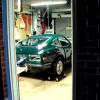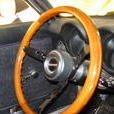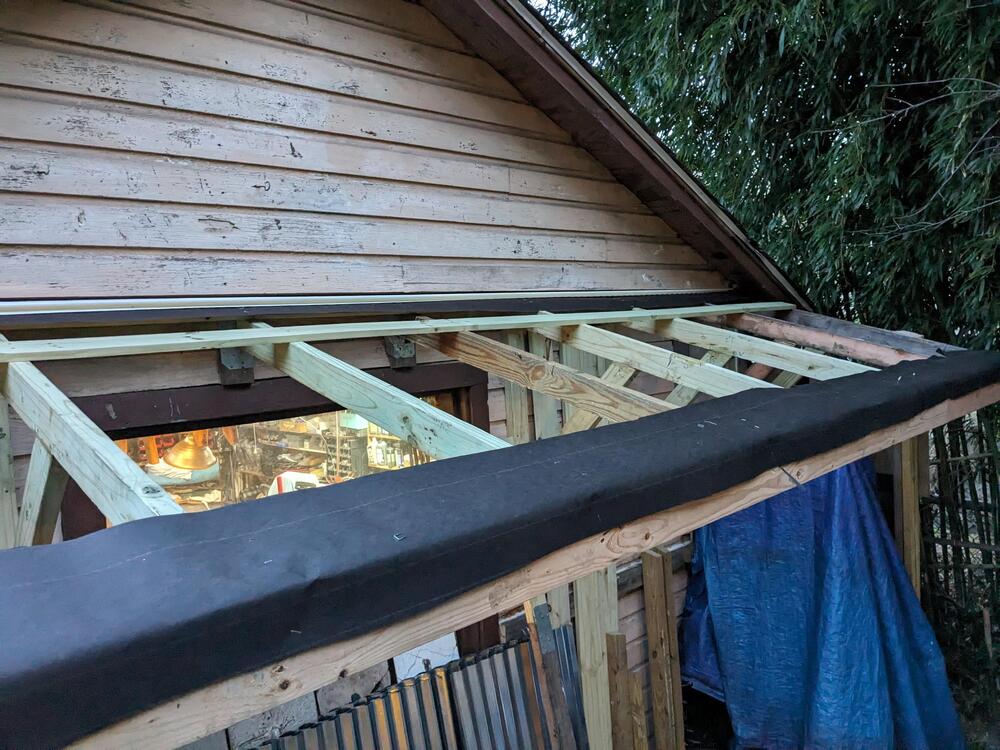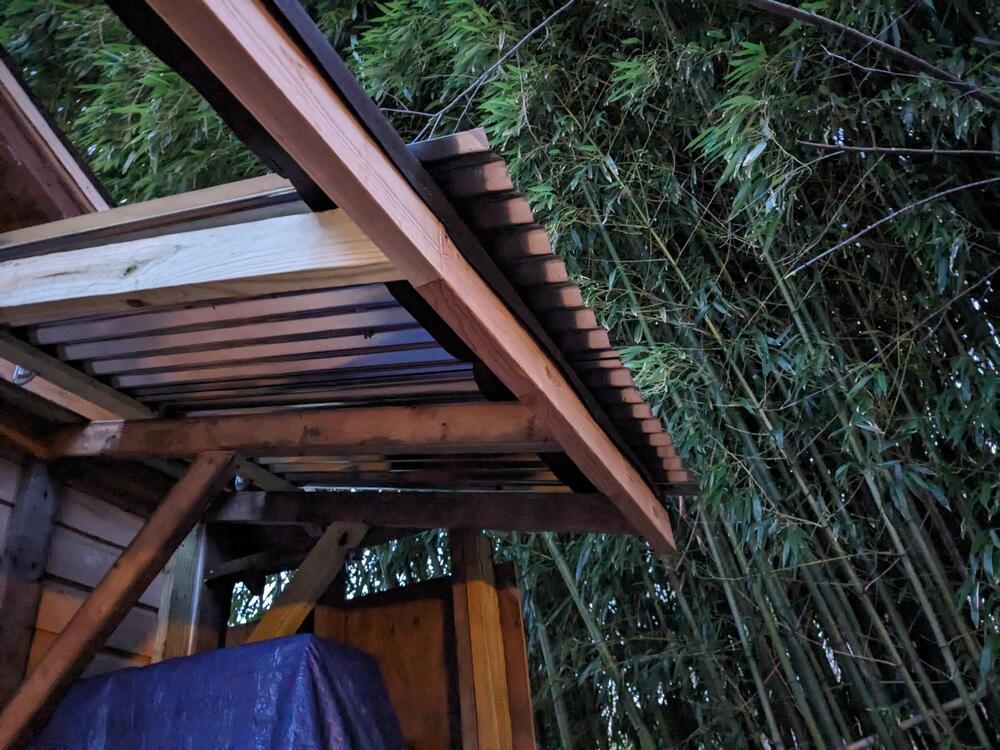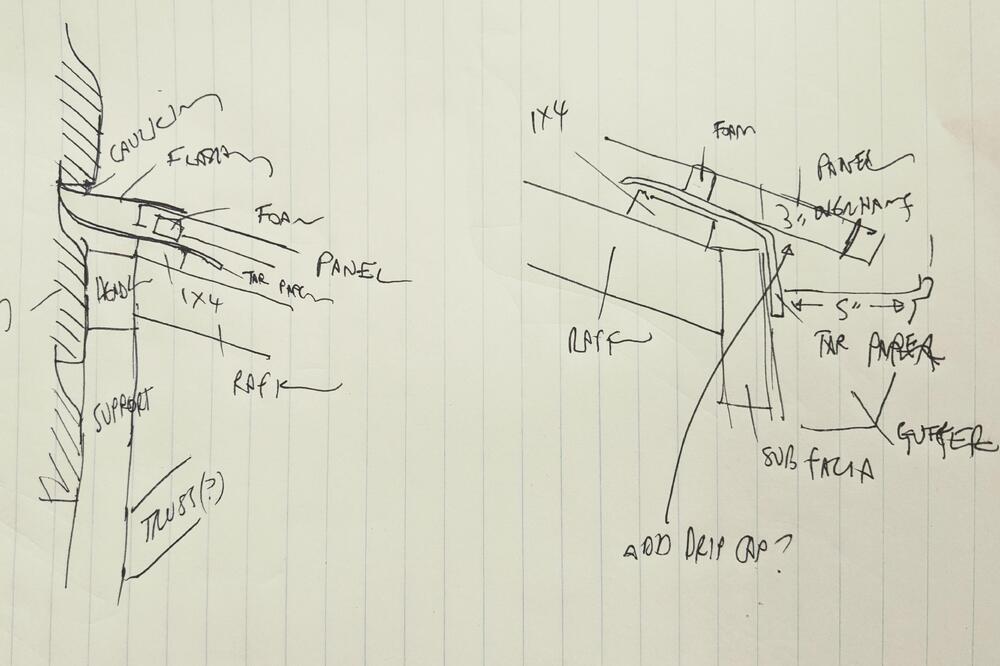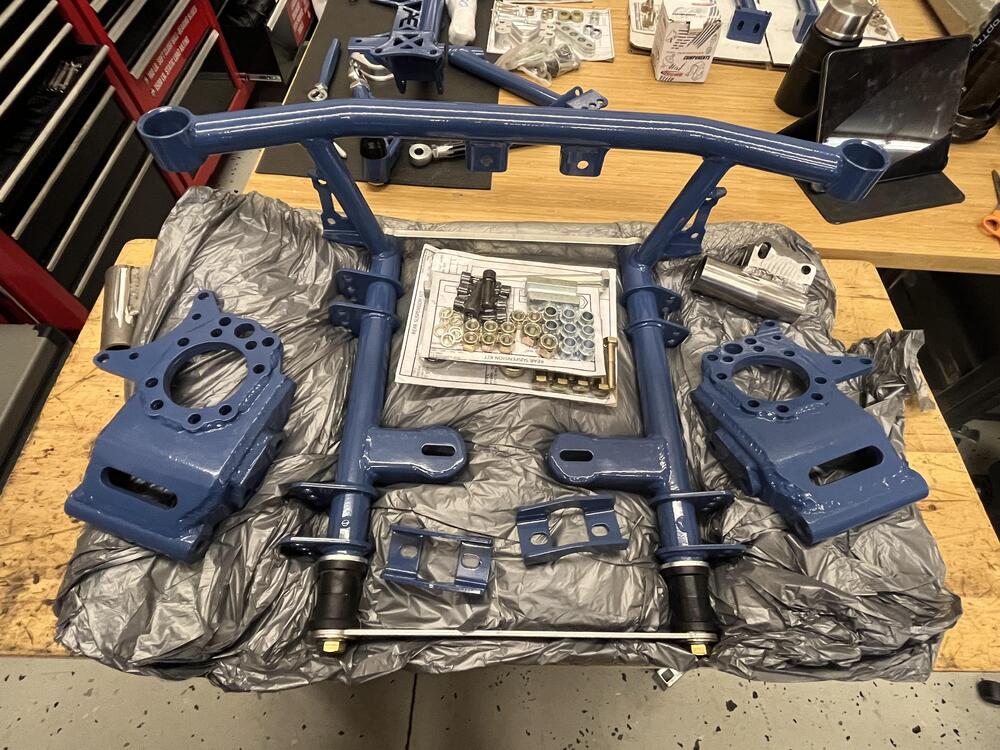I just gotta say - I have a lot of respect for this guy. Completely unrelated; prior to, I had been watching his videos where he restored random stuff like coffee grinders or whatever and I thought he was doing something cool. My YouTube (of course) recommends z related stuff. I started watching this guy's z restoration, quickly became enamored. He's handmaking so many of these parts, tastefully documenting his journey along the way with his recordings. This is commendable in its own right -as @Richie G said, it's "mesmerizing". At some point he hammers the front apron flush, end to end - a little unseen seam that even the original z engineers overlooked because, well, who cares, nobody's gonna see it!? Anyways, I randomly get into this z restoration, and, turns out, this is THE SAME GUY who had been entertaining me months prior with his well done and beautifully presented restorations of random kitchenware and various archaic hand tools.
Now, this isn't even to mention all the bs random nonsense he's had to deal with off camera - stuff that we, the audience, will never see. Random things breaking or irreversibly bending, bolts flying off into oblivion... you name it. And, how about all the rust he's found hidden beneath a layer of already rusted metal? We're talking past the doglegs; beneath the corroding metal one sees along the the back window.
Of course we, fellow z owners, feel his pain (I'll be damned if I don't break at least one bolt in any endeavor or have to overcome some small, small detail in what should be a boiler plate operation), but that just adds to the level of detail, dedication, and craftsmanship this guy achieves! He has a keen eye in general and set his sights upon our beloved z car. This guy is getting it done son, and I love it!
 Subscriber
Subscriber 3Points3,770Posts
3Points3,770Posts



